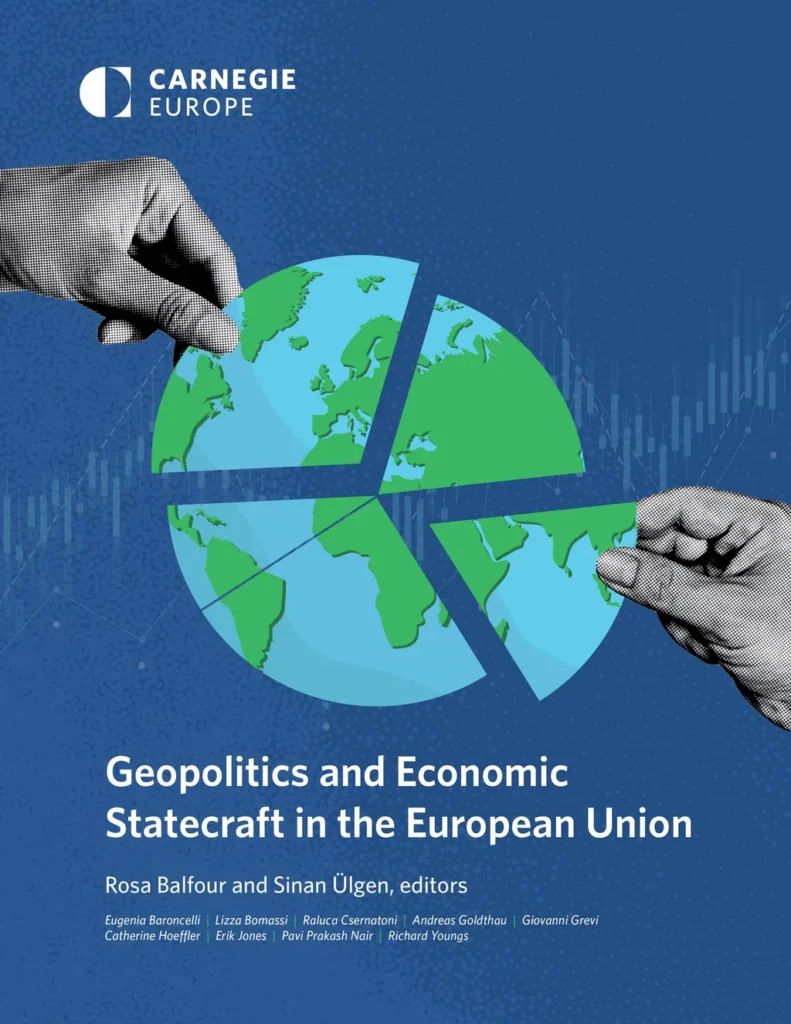The war in Ukraine and shifting geopolitical dynamics are catalysing a historic surge in European defence technology investment, reshaping the continent’s military-industrial landscape and accelerating innovation. Venture capital firms, governments, and private investors are pouring unprecedented resources into defence startups, driven by a growing recognition of Europe’s vulnerability and the need for strategic autonomy.
Expeditions Funds, one of Europe’s largest venture capital firms, has already raised over €100 million toward its €150 million target by year-end, reflecting a broader trend. German startups, in particular, are attracting significant capital, with Helsing securing €600 million and Swarm Biotactics benefiting from the country’s unlimited defence loans. Mikolaj Firlej, partner and co-founder of Expeditions Funds, told the Financial Times that Europe can no longer afford delay. “The current situation is forcing Europe to start taking control of what is happening and to take action as soon as possible; it cannot ‘waste time.’”
The urgency is evident in the numbers. In 2025 alone, venture capital funding for defence technology startups reached $1.5 billion, accounting for 6.2% of total European venture capital funding. This figure is expected to triple by year-end compared to 2019, underscoring the sector’s explosive growth.
Governments are also stepping up. The European Bank has increased funding to €100 billion by 2025, with 3.5% allocated to security and defence. France has adopted a €413 billion military law until 2030, prioritising innovation, space, cybersecurity, and dual-use technology. The European Commission’s ReArm Europe plan, unveiled in March, aims to mobilise up to €800 billion, though exact figures remain undisclosed. The plan seeks to ensure Europe’s defence industry can produce equipment at scale and facilitate rapid troop deployment.
The European Parliament has taken further steps to bolster defence innovation. In September, it announced plans to increase funding for defence-related investments by modifying existing EU programmes, including the Strategic Technologies for Europe (STEP) platform, Horizon Europe, the European Defence Fund (EDF), the Digital Europe Programme (DEP), and the Connecting Europe Facility (CEF). MEPs also proposed financing the construction of transport infrastructure for civil and military use, as well as dual-use applications. The European Defence Fund will now offer up to 100% co-financing for eligible projects, particularly for SMEs and small mid-cap companies.
The Russian threat in Ukraine and airspace violations have intensified this push, but a pivotal moment came with US Vice President JD Vance’s remarks hinting at a potential weakening of the US-European alliance. Coupled with Donald Trump’s calls for increased defence spending, these developments have prompted European investors to view defence technology as a viable and urgent opportunity. “We are reaching a point where these front-line funds are recognising defence technology as a viable opportunity,” Firlej confirmed.
Europe’s reliance on external military suppliers—particularly the US—has become a pressing concern. According to the Stockholm International Peace Research Institute, EU members purchase half of their aircraft, missiles, and ammunition from non-European manufacturers. This dependency has spurred a push for greater European sovereignty in defence production.
Space militarisation is another critical area of focus. The US and China allocate half of their public space spending to defence, while Europe lags behind at just 15%, according to Josef Aschbacher, director of the European Space Agency. Aschbacher advocates for increased investment in dual-use space systems, highlighting the need for Europe to address this strategic gap.
The war in Ukraine has exposed Europe’s vulnerabilities, forcing a reckoning with its defence capabilities. The continent is now in an unprecedented military race, driven by geopolitical tensions and the urgent need to secure its future. As Europe moves to strengthen its defence industrial and technological base, the investments pouring into the sector will shape not only its military readiness but also its geopolitical standing in the decades to come.

